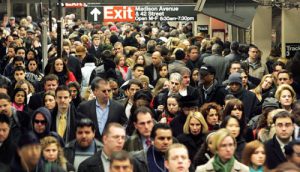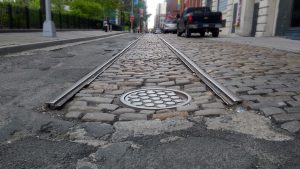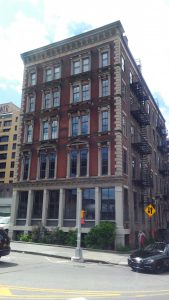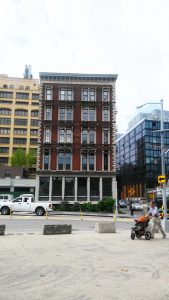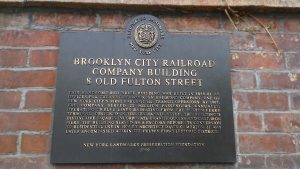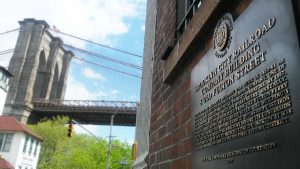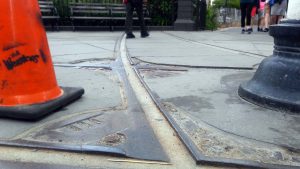by Robine Jean-Pierre
Have you ever been approached by someone who does not speak much English, asking for help or directions? Have you ever felt flustered as you searched for the right words to convey your response clearly, looking desperately into that person’s eyes for a glint of recognition and understanding?
This occurs rather often for me; living in New York City, I frequently come across people from all over the world, especially in the subway. As my fiancé Angel loves to say, “The MTA brings people together.” I enjoy helping others in general, particularly travelers wanting to know MTA-related information; I figure that if I’ve lived here all my life, I owe them at least that much! However, when language becomes a hindrance in reaching that goal, it can certainly be a challenge, but I do not give up easily.
One night, Angel and I were returning to Brooklyn after babysitting for my sister in Harlem. After some late night service changes complicated our initial plans, we found an alternative route to the nearest train station. I had just finished adding money to my MetroCard when I noticed a man accompanied by two women standing at the adjacent ATM machine. He held out a MetroCard and five dollar bill to me, asking, “Can put money on card?” He had already failed a few attempts at doing it himself, having tried to dip the MetroCard rather than sliding it in and letting the machine grab it.
I took both from him, but the next problem was unexpected: when I inserted his card, the screen read, “Card invalid. Please remove your card.” I was puzzled; it had not expired yet, and it did not have any apparent distinctions from a regular card.
“It’s not working,” I said, partly to myself, partly to Angel who was watching over my shoulder, and partly to my guests. Swiping it at the nearby card reader machine did not make the problem any clearer. Angel and I searched our personal belongings for an extra MetroCard but could not come up with one. Unfortunately, they would have to buy a new one.
“This card is not working… do you have one more dollar?” I gestured, but they cluelessly responded, “No… English.” I knew some French and Spanish but I could only guess that they spoke neither, so I didn’t offer a “Parlez-vous français?” or “Hablan ustedes español?” I likely would have been too nervous to speak coherently anyway.
Determined to help them get on their way, I quickly got my wallet out. Once more I tapped away at the touch screen, chose the “New Card” option and manually typed in $5.00, but we hit yet another roadblock: apparently, $5.00 was not a valid option. Really, MTA? I thought. What’s wrong with five dollars? Haven’t you troubled us enough? I went back to the selection menu and chose the cheapest preset option, $5.50, and now the grand total was $6.50.
Finally, I inserted the money due and handed the gentleman his card. One of the women immediately handed me back two dollar bills, to my surprise. I had given the $1.50 freely, not expecting them to give it back to me; but I did not want to appear rude or cause any further delay by refusing. He took his card, still hesitant and nervous, and they left the station (grateful, I’m sure, even if though they did not say so).
I felt a lot of compassion for them, imagining what it must be like in a new area, not knowing the language well and trying to navigate a complex and unfamiliar system. I’m grateful they knew just enough English to make their request known. Plus, it may have been indirect and delayed, but they did come to the understanding that $1.50 more was required of them. After all, who can go wrong with numbers? They saw me pull out the money and I’m sure they saw the big “$6.50” that appeared on the screen of the ATM machine.
I find the situation memorable in that, despite the language barrier, the task at hand was successfully completed. Because of this experience, I have an increased appreciation for all the ways we can communicate–not just with words but with images, objects, sounds, body language, etc. It’s wonderful to know that when one method is limited or unavailable, there is always another option; hope is never lost.

